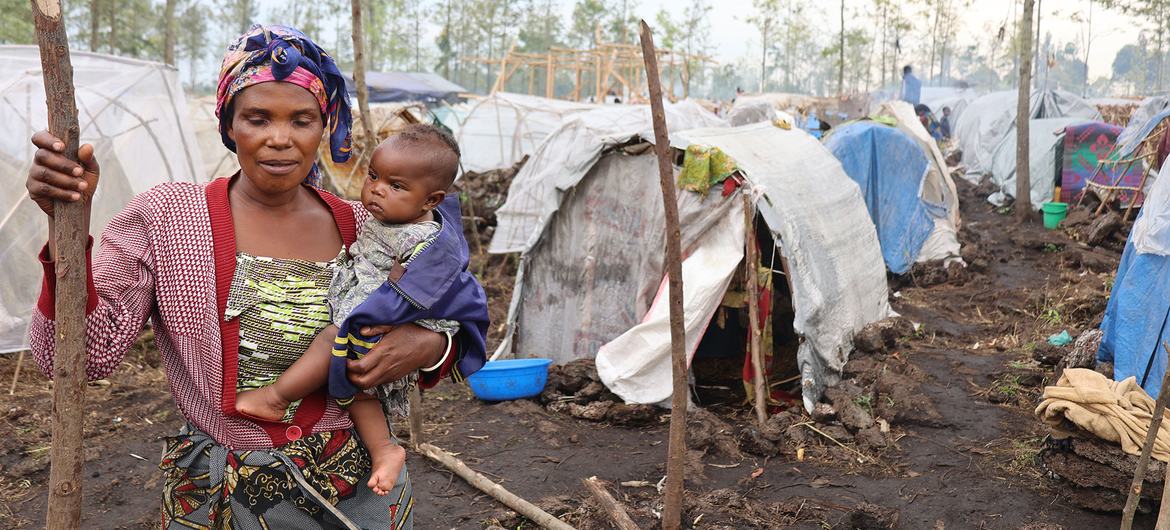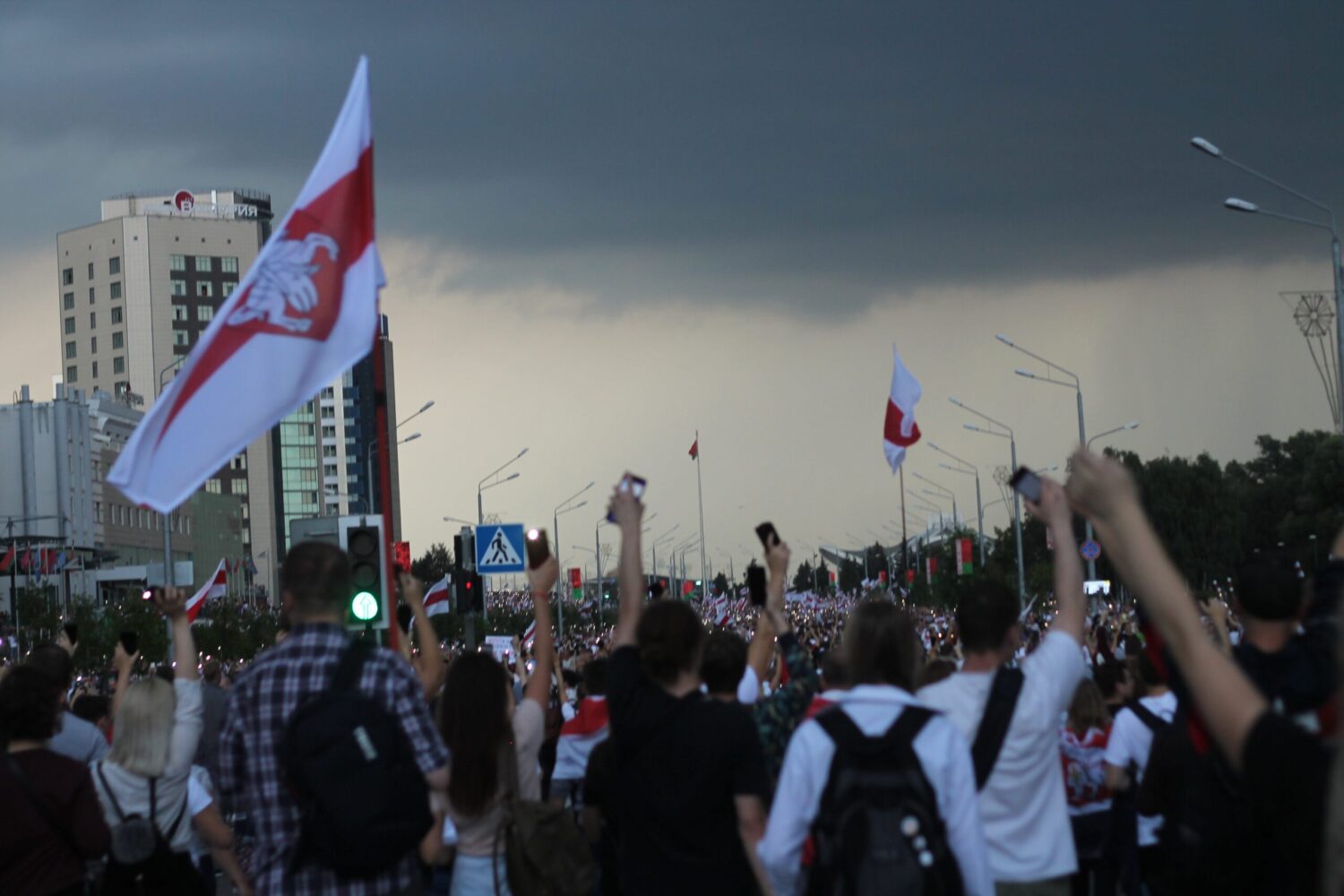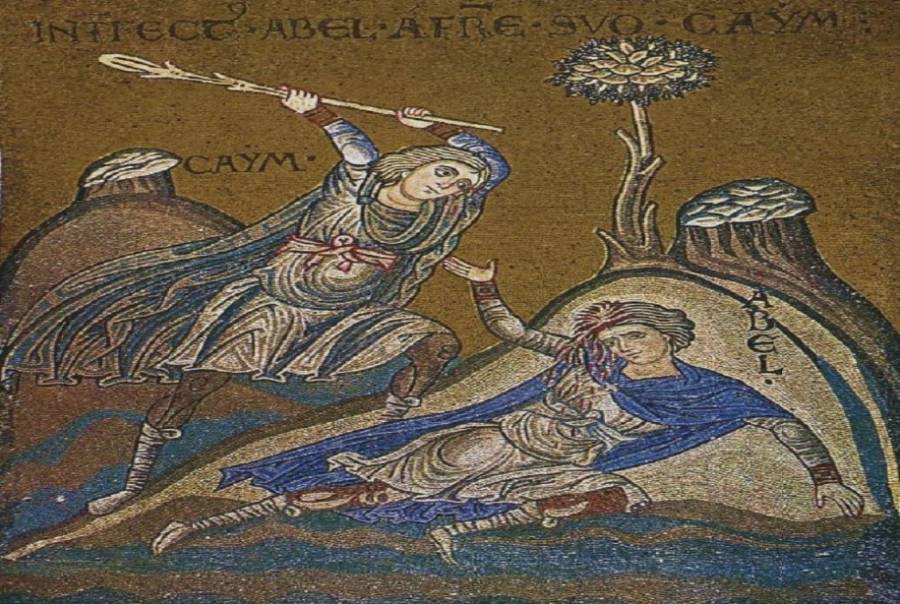National Bank of Romania (NBR) Governor Mugur Icerescu recalled this week that 107 years have passed since Romania’s First World War gold treasure was sent for safekeeping to Moscow, which Bucharest claims it has not yet fully recovered. Moscow, for its part, denies having any obligations to Bucharest.
The issue of the “hijacked” treasure has been a sensitive topic in the relations between Romania and Russia for years, and since the outbreak of the war in Ukraine in February 2022, the issue has effectively been “frozen”, Romanian media note.
“We have set ourselves the goal of organizing a number of events to confirm, especially internationally, that Romania has a fully valid historical and legal claim to its gold deposit evacuated to Moscow in 1916-1917 “, the governor of the central bank said during a symposium on Monday, as quoted by the Hotnews site.
Digi 24 TV stated on this occasion that “the NBR launched an international lobby for the treasure stolen by the Russians”.
This is Romania’s oldest legal dispute and truly unique in the world, Hotnews commented, noting that no other country had appropriated another country’s property entrusted to it for safekeeping.
Entering the First World War on the side of the Entente in August 1916, Romania soon faced an extremely difficult situation as a result of the battles on two fronts – both in Transylvania and on the Danube, Hotnews reminds.
Therefore, already in September 1916, the National Bank of Romania took the first measures to evacuate its gold treasure to a safe place. The Russian Empire, which at that time was an ally of the Kingdom of Romania, was considered such a safe place.
The Romanian government and the representatives of the National Bank of Romania sign with a representative of the Russian Empire in Iași (where, due to the advance of the Central Powers troops, all the institutions of the Romanian state have been temporarily relocated) a convention specifying the conditions for the first transport of Romanian gold to Moscow .
According to the document, the Romanian valuables are “under the guarantee of the Russian government regarding the security of the transport, the security of the deposit, as well as the return to Romania,” the news site said.
“This year, in December, marks the 107th anniversary of the evacuation to Moscow of the treasure of Romania. Since 1991, the National Bank of Romania has consistently implemented a strategy to present to public opinion at home and abroad the problem of the treasure sent to Moscow and then confiscated by the Soviet Union,” Mugur Icerescu also stated.
He said the first step would be to support Romanian MEP Eugene Tomac’s efforts to educate MEPs and bring international attention to the gold reserve issue.
In April of this year, the leader of the People’s Movement (PND) party stated during a debate in the European Parliament that “the entire treasure of Romania continues to be in Russia, and Moscow has repeatedly refused to return it to Romania”, reports the website News.ro .
“The entire treasure of Romania has been held illegally in Moscow for more than a century. Transported in 41 wagons, it contains over 91 tons of gold, the majority of which is jewelry and rare coins, as well as 2.4 tons of gold bullion from the NBR reserve. The total value is over 5 billion euros,” he said at a plenary session of the EP.
The value of the entire deposit made by the National Bank of Romania in Moscow amounts to 321,580,456 golden lei, Digi 24 TV noted.
The treasure also includes Queen Maria’s jewels valued at 7,000,000 gold lei, valuable works of art including paintings by famous Romanian artists such as Nicolae Grigorescu, jewelry, old books and miniatures, icons and other religious objects.
In information on this topic, the TASS agency writes that during the October Revolution of 1917 and the civil war, some of the treasures kept in the Kremlin, including the Romanian ones, were taken out of Moscow.
Various hypotheses have been presented in the historical literature about their further fate, but none of them has been definitively confirmed, the agency said.
Later, after the end of World War II and Romania’s entry into the socialist bloc, some of the confiscated gold was returned. The Soviet Union also agrees not to demand from Romania reparations in the amount of 300 million dollars, which Romania must pay to the USSR under the Paris Peace Treaty of 1947, reminds Lenta.ru.
The Romanian edition of “Newsweek” indicates that Romania is getting back part of the treasure in two tranches. The first was on June 16, 1935, when 17 freight cars loaded with 1,443 crates arrived at the Bucharest station. They came from Moscow by order of the USSR government, which decided to return part of the valuables stored in the Kremlin. A second such transport was carried out in 1956 as a “gesture of goodwill on the part of the Russian comrades”, the publication states. In both cases, however, the returned values did not include the gold deposited by the NBR, the central bank’s official website noted.
In February 2022, shortly before the outbreak of war in Ukraine, the then Romanian Minister of Foreign Affairs, Bogdan Aurescu, said that Romania wanted to resume negotiations with Moscow to return the gold treasure, which has been the cause of friction between the two countries for decades, writes the edition “Balkan Insight”.
“A right of claim of Romania more than a century old. This is not our first action along these lines. (…) Therefore, our main concern, at the National Bank of Romania, is to make public the documents we have on this matter. I am referring to the original documents collected in the special file that has been kept in the NBR governor’s safe since 1922. The “Treasure” file was passed from hand to hand from one governor to another since 1922, including during the communist period. So I also received it – as proof of the determination of the National Bank of Romania to get back the property that belongs to it”, stated the governor of the central bank, Mugur Isrescu.
At the moment, any discussion about the Romanian treasure is closed, and Russia and Romania have stopped all dialogue after the war in Ukraine, notes “Newsweek”. The last discussions on the topic were four years ago.
“Since November 2019, we have not met with the Russian side, the last meeting was in Moscow according to the principle of alternating seats. The meeting scheduled for 2020 in Romania did not take place due to the pandemic,” Prof. d- r Ioan Bolovan, Corresponding Member of the Romanian Academy, who is leading the negotiations with Russia.
“I have not received any response to my proposal in 2021 to resume meetings,” says the professor.
Source: According to BTA













